Bespoke Partnership
BMW-i electrifies this year’s Design Awards with a new Urban Sustainability category
For the first time ever, our cities are more populous than the rural areas that surround them, pushing green innovations to the forefront all over the world. Part of Wallpaper* magazine’s annual Design Awards, the BMW i Urban Sustainability Award recognizes the new and groundbreaking projects that help keep a city clean and efficient with the smallest ecological footprint possible.
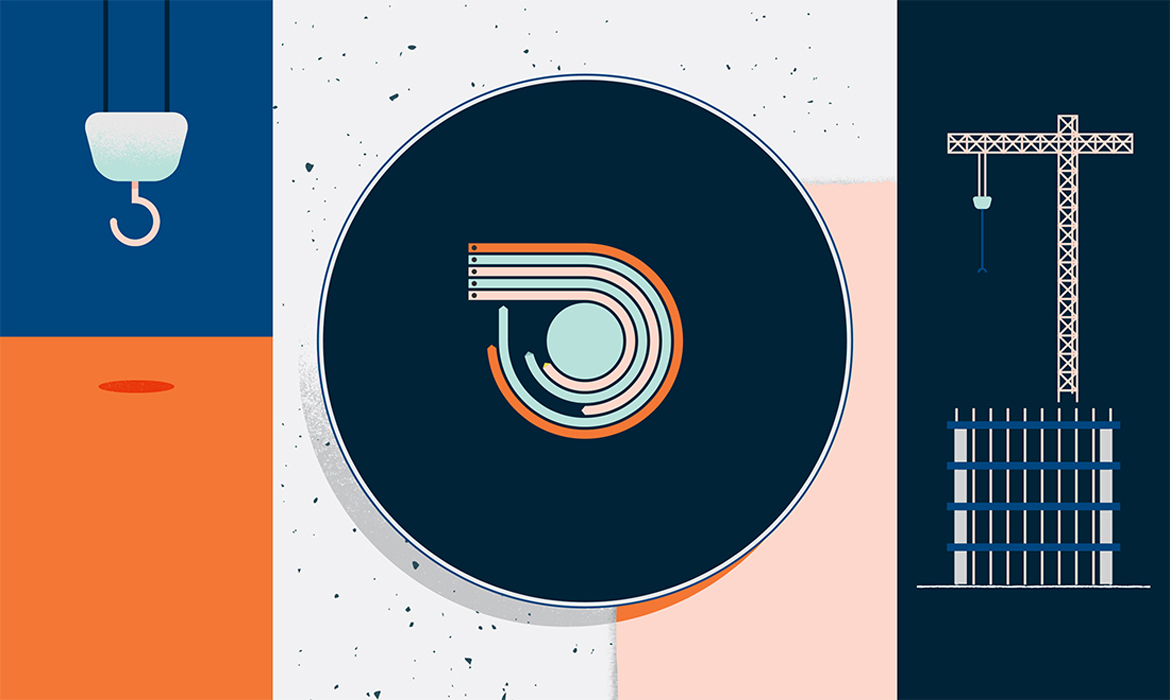
The LEED Dynamic Plaque is a freestanding digital scoreboard that monitors and measures a building’s annual performance in five different categories: energy, water, waste, transport and human experience. Designed in collaboration with IDEO, the LEED Dynamic Plaque’s neat interface shows the building’s latest scores and its total rating, from 1 to 100.
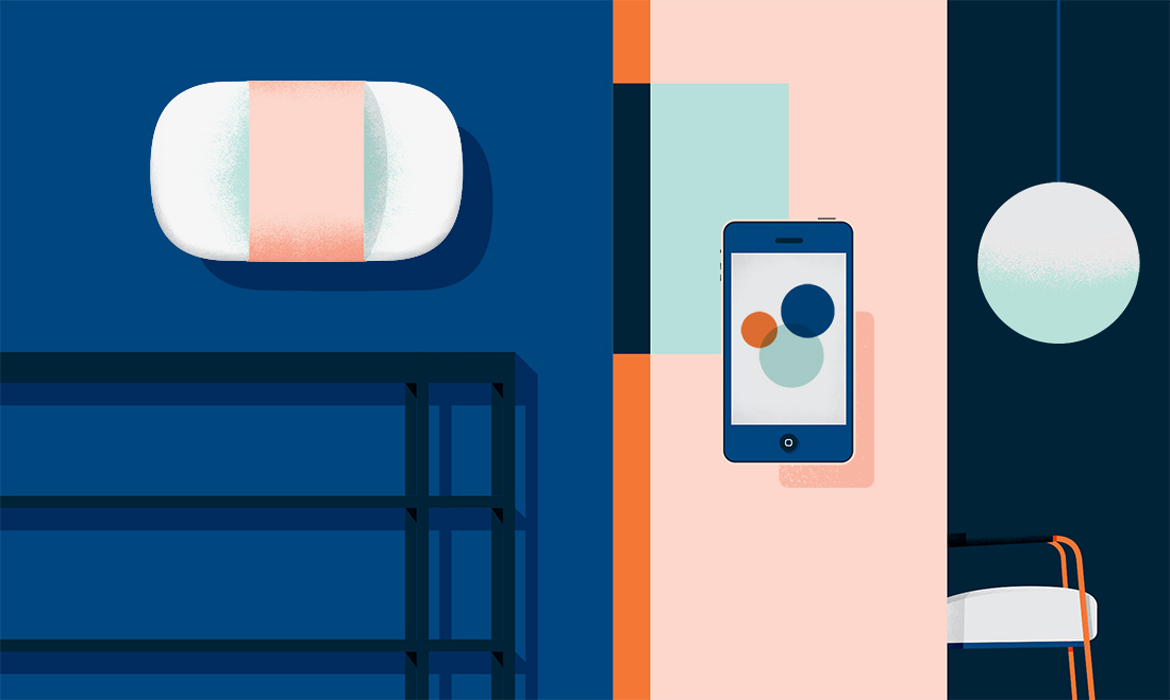
Recently launched in the UK, this little box tells you how much electricity your home is consuming, identifies individual devices and appliances in your home, and lets you shut the offending devices down when they’re not in use. A companion app displays energy usage and costs in detailed charts and tables. Smappee claims that the energy monitor will pay for itself in just over a year and will reduce the electricity bill in a four-person household by an average of 12 per cent.

Situated in a former Chicago meat-packing warehouse in the middle of a food desert (where convenience store fare is more accessible – and more expensive – than healthier options further away), The Plant is an urban aquaponics farm that compromises a fish hatchery, a hydroponic garden, a commercial kitchen and a brewery for both beer and kombucha tea. Everything is recycled – the waste from one part of the farm serves as raw material for another, making it a net-zero energy system. Planned for the heart of the operation is an anaerobic digester, which converts waste into biogas, which in its turn will power a turbine to create electricity. Once the anaerobic digester is installed, The Plant will be completely off-grid.
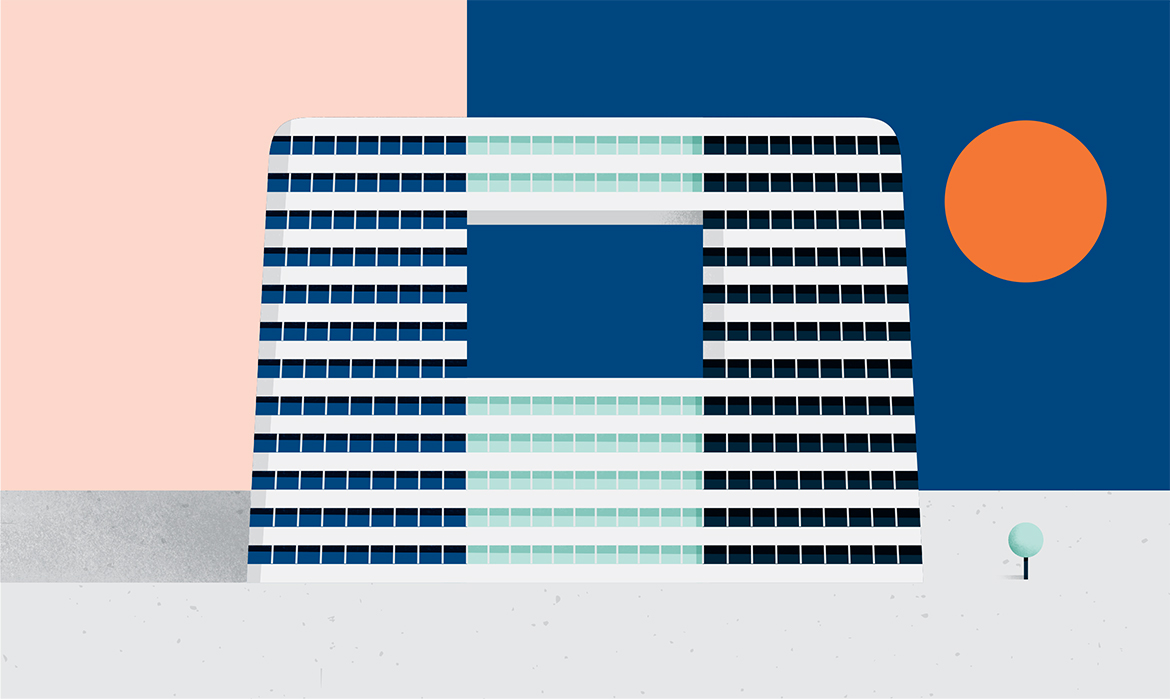
Environmentally sound but aesthetically unappealing, blue-black photovoltaic solar panels have long had an image problem. Enter CSEM, a maverick non-profit outfit specializing in applied research in technology innovation. The Swiss company has developed architecturally innocuous, visually inoffensive white and colour-customized solar panels with no visible cells, batteries, cables or connections that are all but undetectable to the eye when fitted on an exterior. Adaptable and flexible, the genius of CSEM’s hidden panels is that they can be applied to an existing building or integrated into a new module during construction, on both flat and curved surfaces.
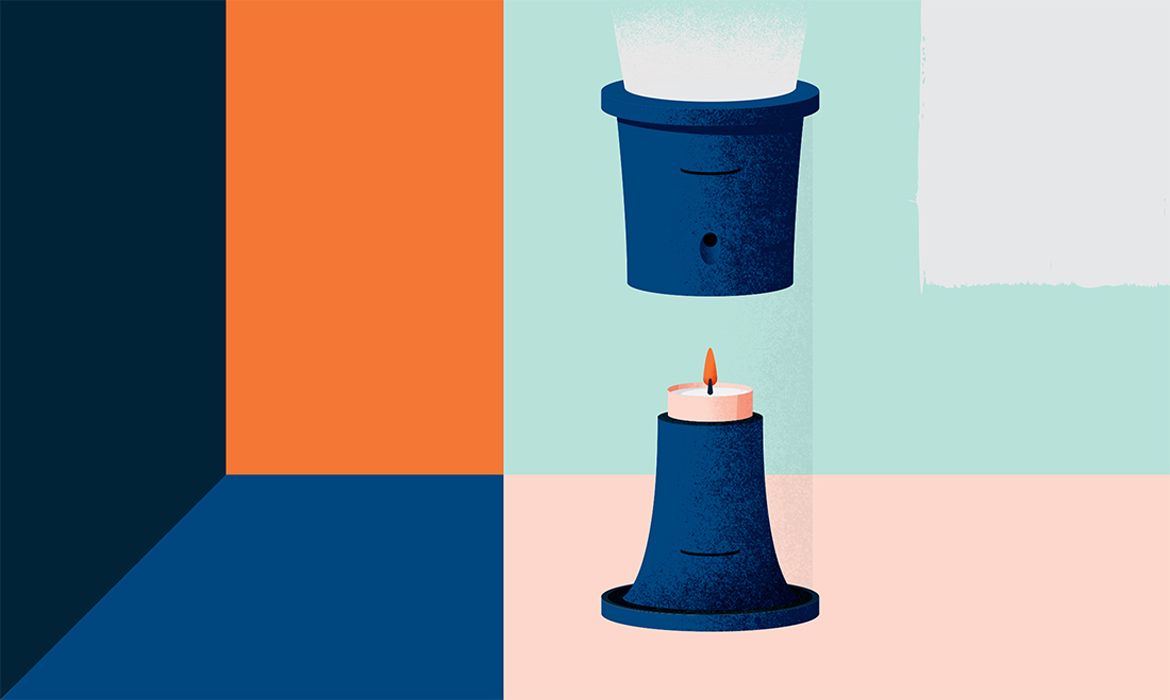
Thanks to a patented technology based on the Peltier effect, the Pelty speaker converts the thermal energy of a single candle into enough electrical energy to power a speaker and amplify music delivered via an MP3 player. Wireless and Bluetooth enabled, artisanally constructed in ceramic and glass but technologically complex, the Pelty is an elegant example of contemporary, eco-friendly design.
Receive our daily digest of inspiration, escapism and design stories from around the world direct to your inbox.
Jonathan Bell has written for Wallpaper* magazine since 1999, covering everything from architecture and transport design to books, tech and graphic design. He is now the magazine’s Transport and Technology Editor. Jonathan has written and edited 15 books, including Concept Car Design, 21st Century House, and The New Modern House. He is also the host of Wallpaper’s first podcast.
-
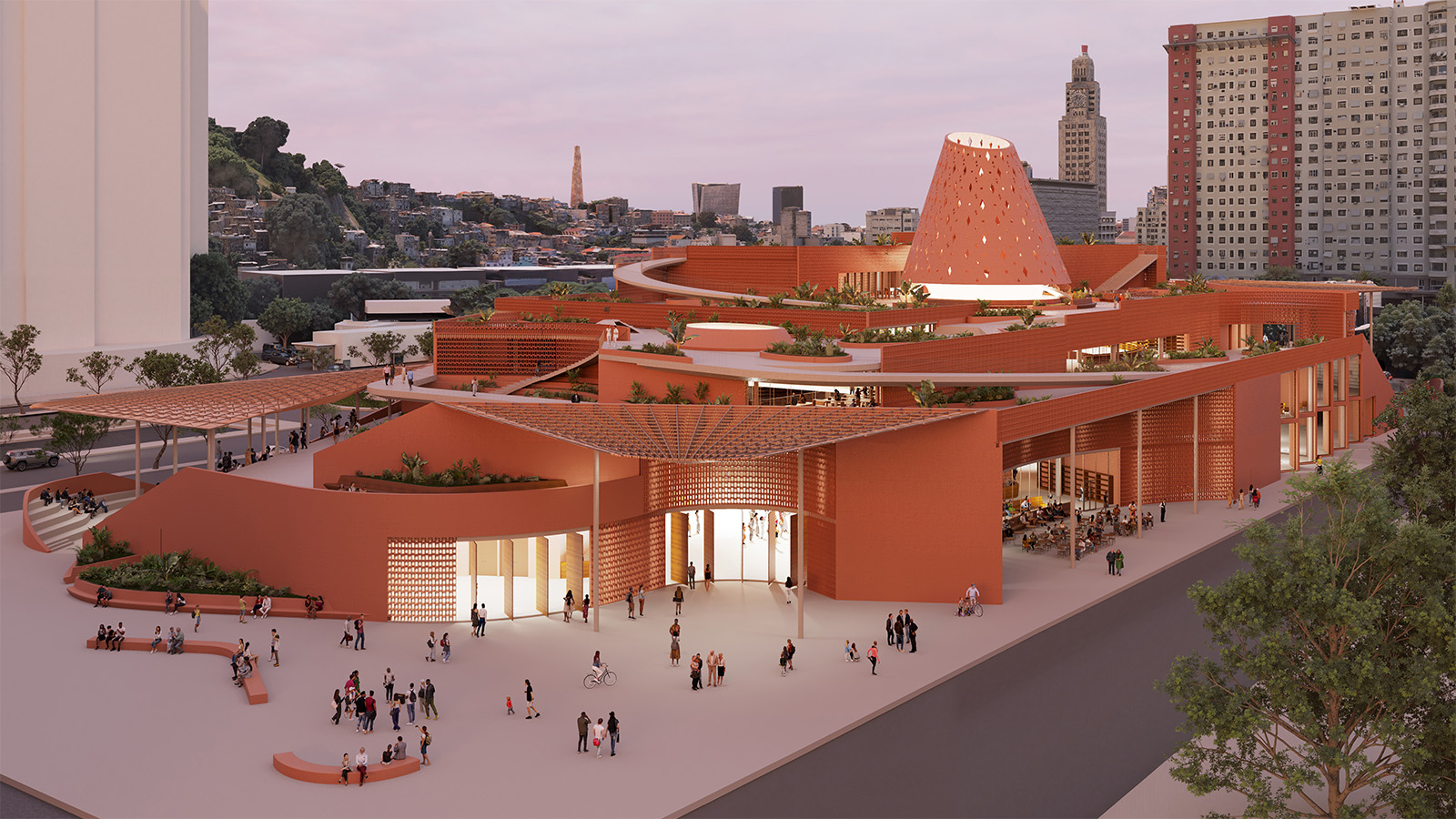 An exclusive look at Francis Kéré’s new library in Rio de Janeiro, the architect’s first project in South America
An exclusive look at Francis Kéré’s new library in Rio de Janeiro, the architect’s first project in South AmericaBiblioteca dos Saberes (The House of Wisdom) by Kéré Architecture is inspired by the 'tree of knowledge', and acts as a meeting point for different communities
-
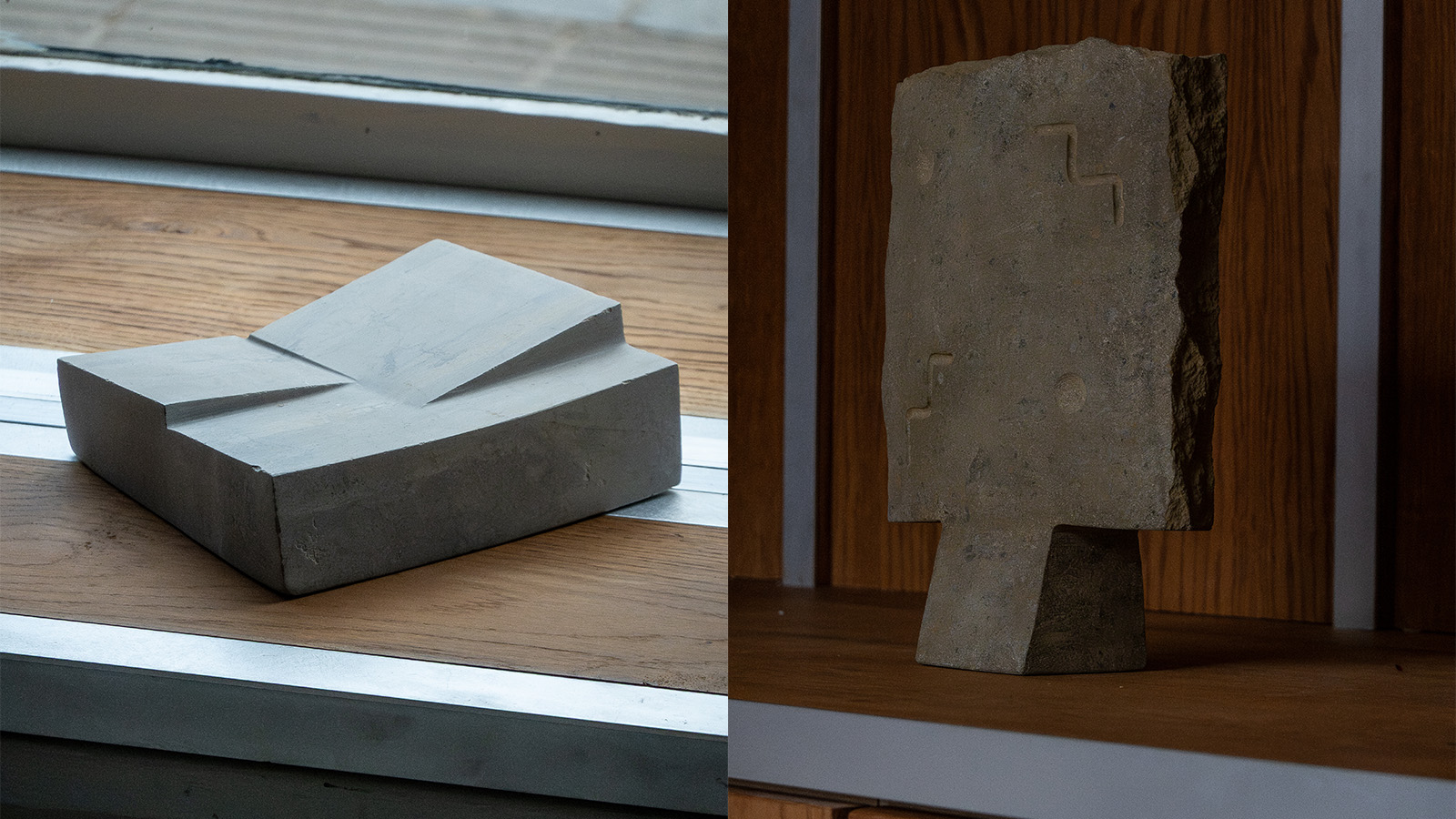 Samuel Collins’ stone sculptures capture the raw and rugged nature of the British landscape
Samuel Collins’ stone sculptures capture the raw and rugged nature of the British landscapeThe British artist and sculptor presents 'Silence Split', a series of stone sculptures which presents an abstract take on the horizontal and vertical landscape
-
 Houston's Ismaili Centre is the most dazzling new building in America. Here's a look inside
Houston's Ismaili Centre is the most dazzling new building in America. Here's a look insideLondon-based architect Farshid Moussavi has created a new building open to all – and in the process, has created a gleaming new monument
-
 All the new electric cars and concepts revealed at Munich’s IAA Mobility 2025
All the new electric cars and concepts revealed at Munich’s IAA Mobility 2025Munich’s alternative motorshow is now in its third iteration, combining a traditional exhibition space with a conference and large-scale public activations on the streets of the city
-
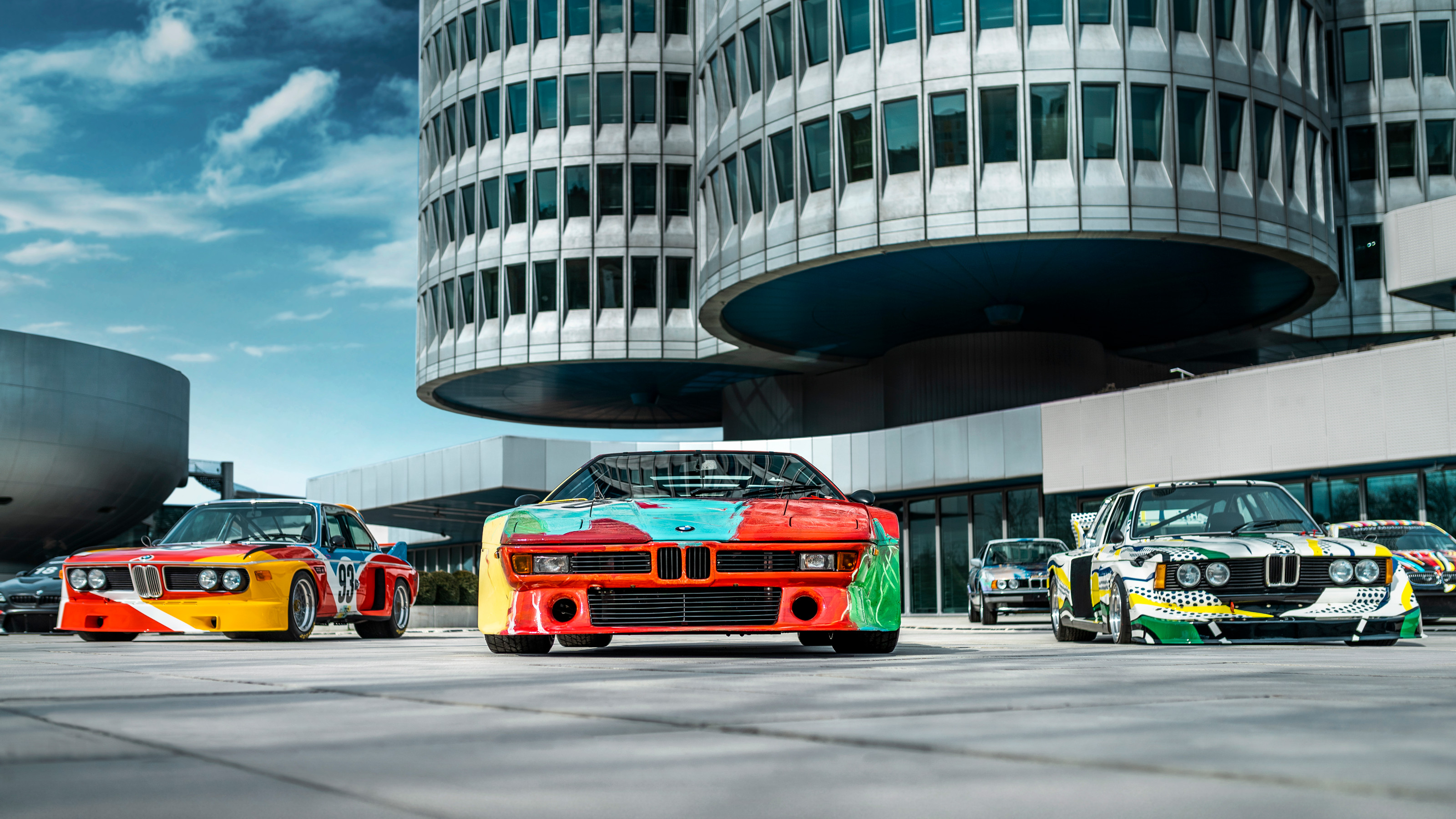 BMW celebrates half a century of its pioneering Art Car project with exhibitions and more
BMW celebrates half a century of its pioneering Art Car project with exhibitions and moreWe present a portfolio of the artists who have contributed to 50 years of BMW Art Cars, including Andy Warhol, John Baldessari, Jenny Holzer and David Hockney
-
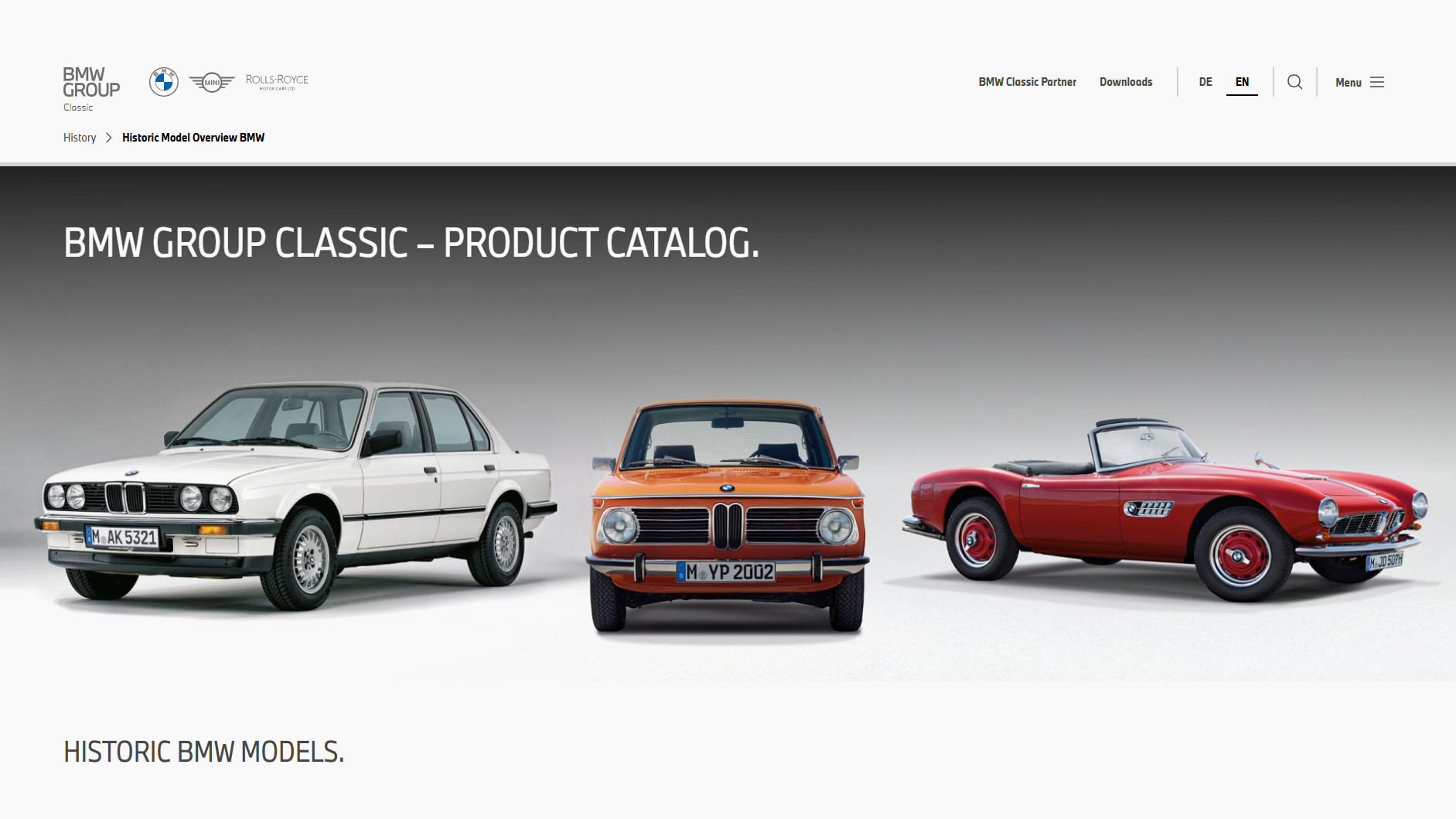 Peruse the new BMW Group Archive to explore the evolution of BMW design over the decades
Peruse the new BMW Group Archive to explore the evolution of BMW design over the decadesFor lovers of the marque, BMW’s commitment to online archiving is second to none. The latest website from the Bavarian manufacturer is this extensive visual catalogue of 80 years’ worth of BMW design
-
 The top 10 concept cars of 2024, as selected by Wallpaper’s Transport Editor
The top 10 concept cars of 2024, as selected by Wallpaper’s Transport EditorWe round up our favourite forays into futuristic design with this collection of concepts and design studies showcasing the transport of tomorrow
-
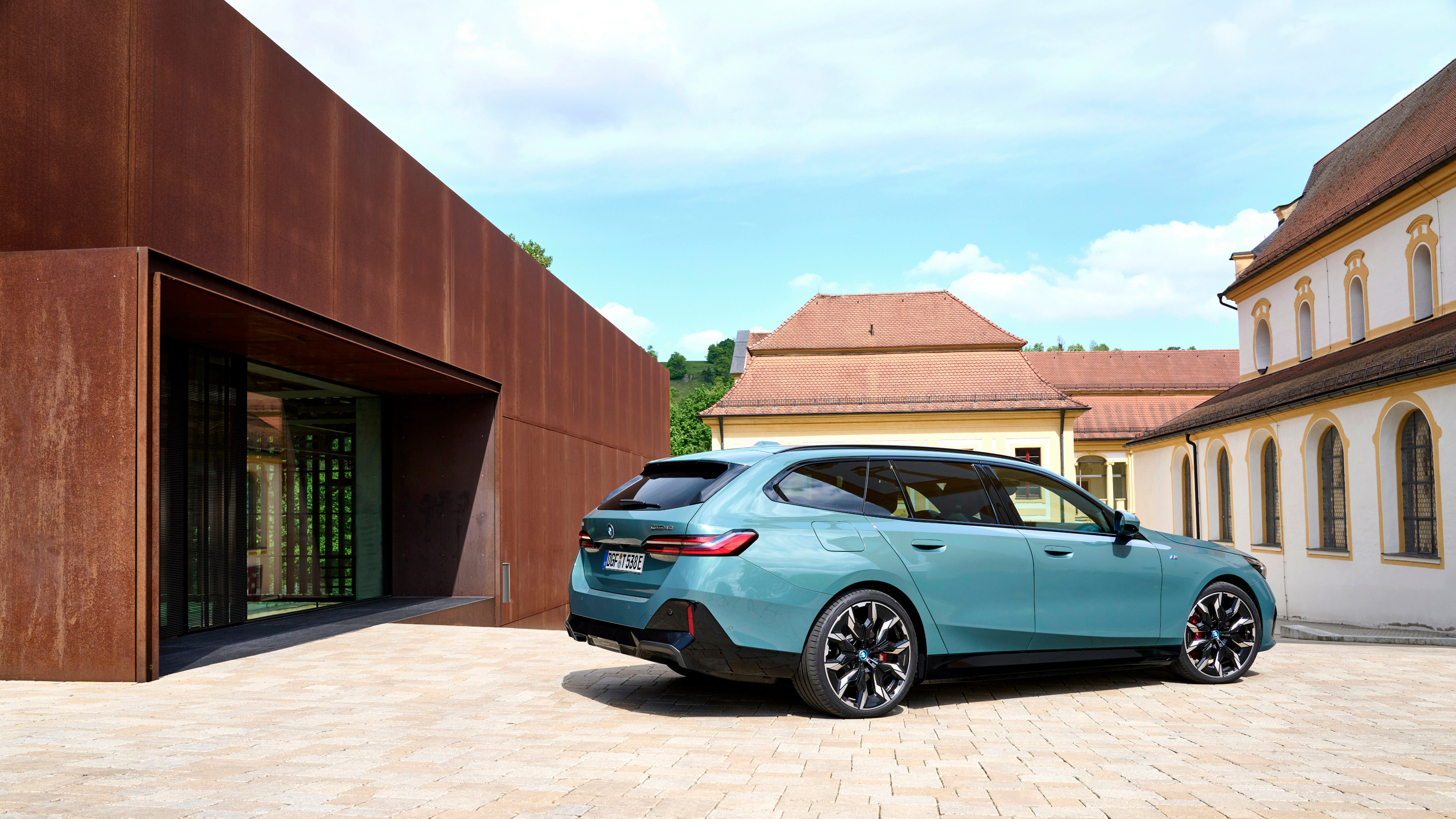 New BMW i5 Touring is an all-electric tech powerhouse that brings the noise
New BMW i5 Touring is an all-electric tech powerhouse that brings the noiseBMW has thrown its considerable expertise into making the i5 eDrive40 M Sport Pro Touring the ultimate zero-emission all-rounder. Jonathan Bell tries it out
-
 BMW’s limited-edition Skytop roadster draws on the past. Could it also predict the future?
BMW’s limited-edition Skytop roadster draws on the past. Could it also predict the future?Just 50 examples of the BMW Skytop are being built, and they’ve all been spoken for. We examine whether this classically styled machine is a harbinger of aesthetic change
-
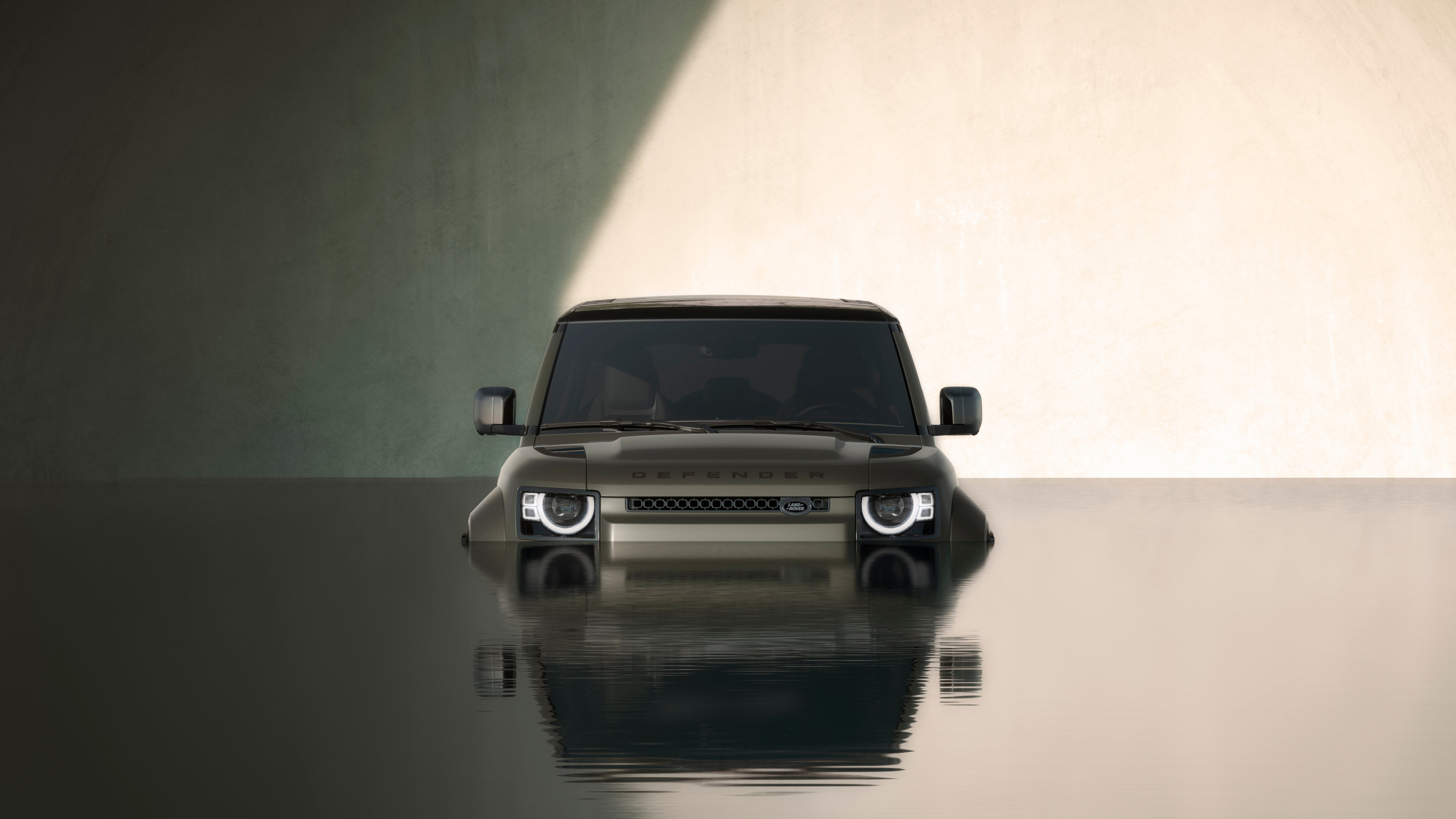 The 2024 Goodwood Festival of Speed hosted a wealth of auto innovation, from hypercars to hot hatches
The 2024 Goodwood Festival of Speed hosted a wealth of auto innovation, from hypercars to hot hatchesThe best new SUVs, EVs, hatchbacks and supercars to emerge from the 2024 Goodwood Festival of Speed
-
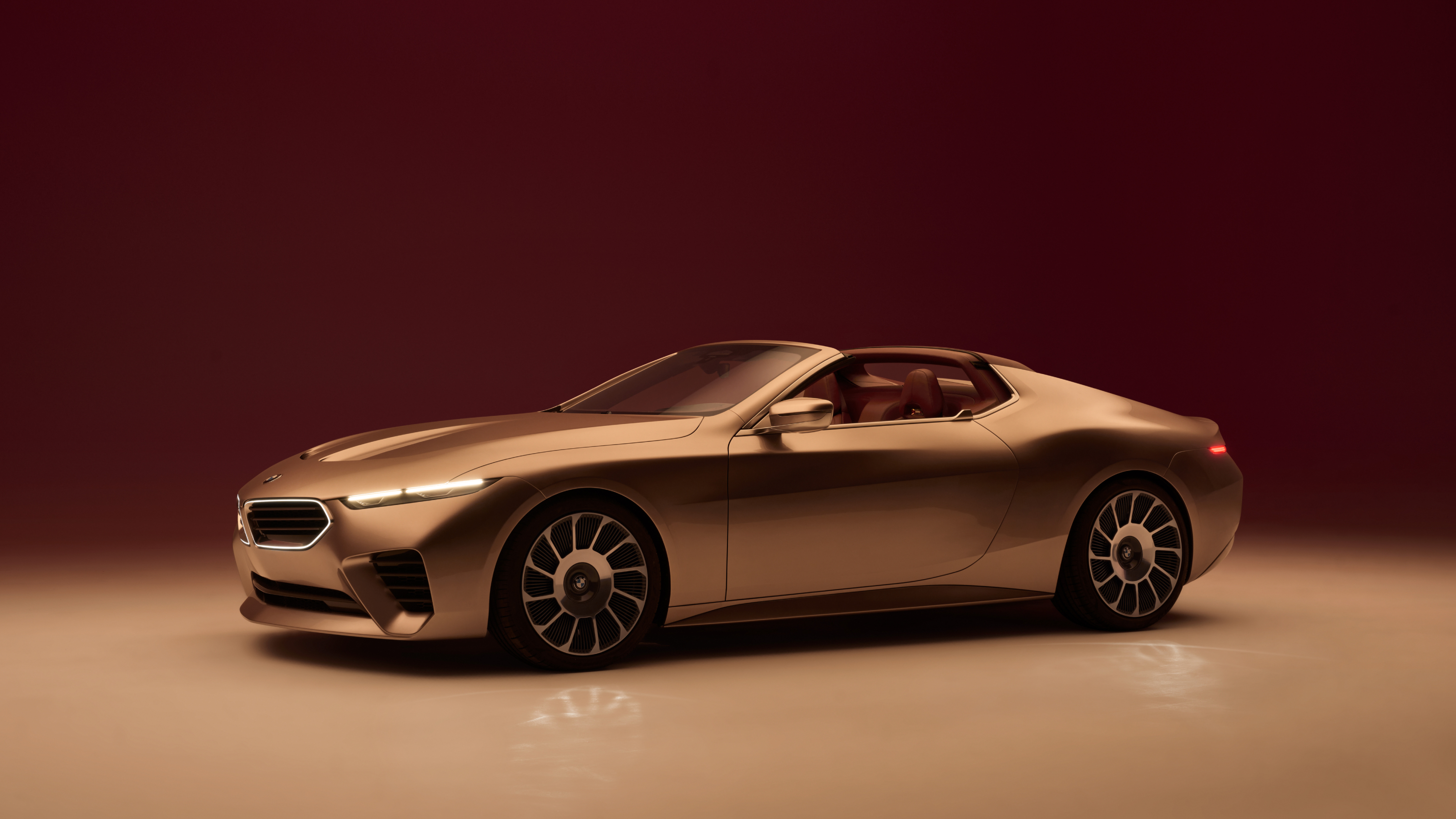 The Concept Mercedes-AMG PureSpeed and BMW Concept Skytop offer drop-top dreams
The Concept Mercedes-AMG PureSpeed and BMW Concept Skytop offer drop-top dreamsBMW and Mercedes-AMG open up with two new convertible concepts, one pitched at performance, the other at the spirit of the good life